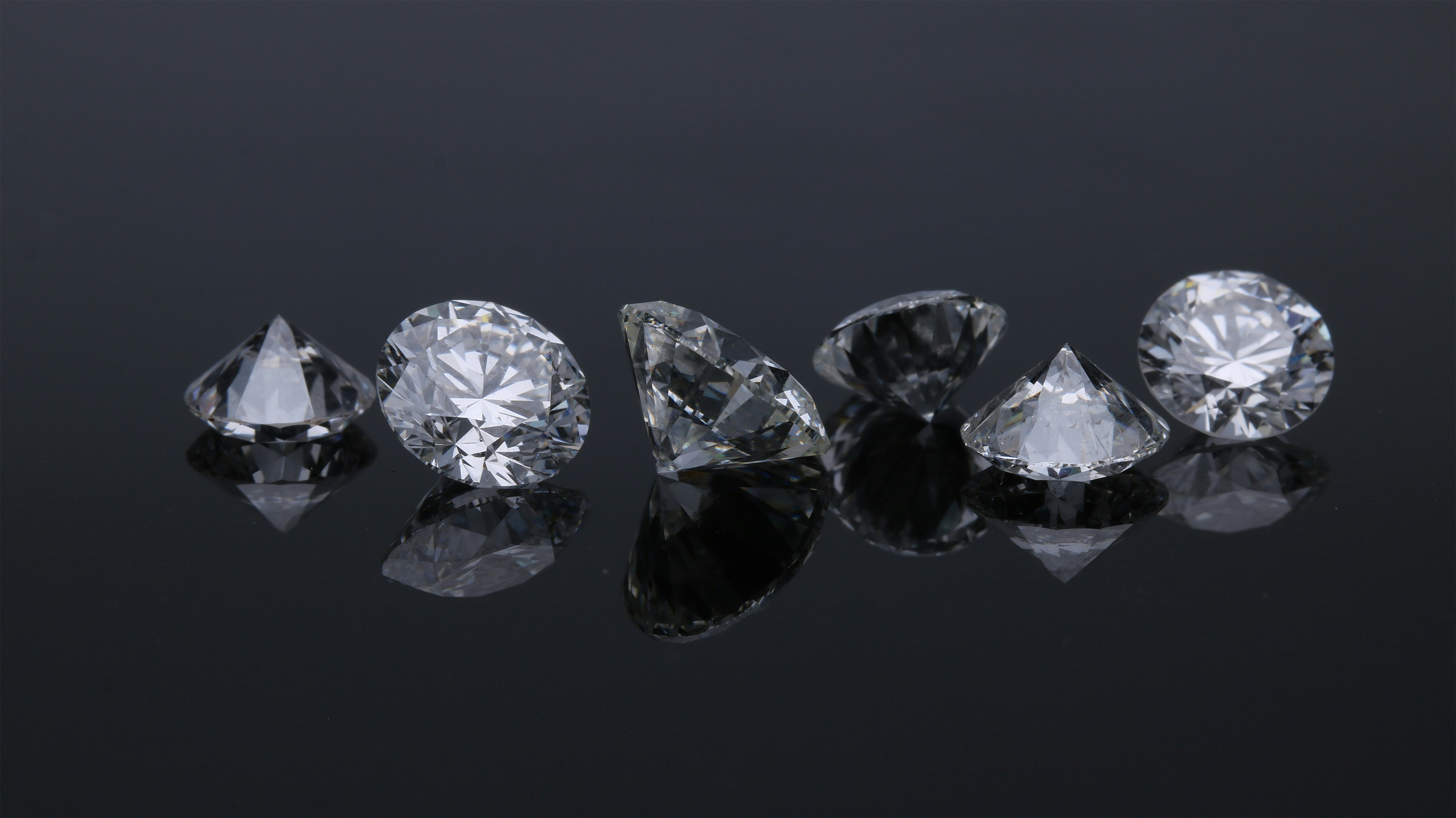Natural Diamonds: A Guide to Choosing the Perfect Diamond
NATURAL DIAMONDS
The diamond is the quintessential precious stone, the protagonist of the month of April and the main witness in declarations of love.
It is the stone that accompanies a promise, a sign of gratitude; the diamond symbolizes purity, loyalty, and nobility.
Diamonds are formed deep within the Earth's mantle (140 to 190 km) under conditions of extreme pressure and temperature. They are brought close to the Earth's surface by deep volcanic eruptions.
A diamond absorbs and emits light; its delicate appearance does not correspond to its hardness, considered the hardest material with the highest thermal conductivity known to man.
With the development of tectology, chemically treating these gems or creating replicas in laboratories has led to confusion when purchasing a diamond.
THE 4C'S OF DIAMOND
The value of a diamond depends on four factors (4 C's): cut, carat, color and clarity.
-
1. Corte (Cut)
It doesn't refer to the diamond's shape (such as round, princess, or emerald), but rather to how its proportions have been cut and faceted. It directly affects the diamond's brilliance: a good cut reflects light optimally. An excellent cut can make a smaller diamond appear more brilliant than a large, poorly cut one.
-
2. Quilate (Carat):
It's the unit of diamond weight: 1 carat = 0.2 grams
The higher the carat, the larger the size... and generally the higher the price, but it's not a linear relationship. The price increases exponentially with size, because larger diamonds are much rarer.
-
3. Color (Color):
The more colorless the diamond, the more valuable it is (except for fancy colored diamonds like pink, blue, etc., which are a different category).
It is graded on a scale from D to Z, with D being completely colorless and Z being a visible yellow or brown hue. To the naked eye, the differences between D, E, and F are almost imperceptible, but they significantly affect the price.
-
4. Claridad (Clarity):
It measures internal imperfections (inclusions) and external imperfections (blemishes). The cleaner the diamond, the more valuable it is.
GIA scale:
FL – Flawless (no inclusions or marks)
IF – Internally Flawless
VVS1/VVS2 – Very, very slightly included
VS1/VS2 – Very slightly included
SI1/SI2 – Slightly included
I1/I2/I3 – Included (visible to the naked eye)
With the development of technological technology, the chemical treatment of these gems or the creation of replicas in laboratories has led to confusion when purchasing a diamond.
The ISO (International Organization for Standardization) has created a standard for the marketing of diamonds. This new standard defines the nomenclature that must be used, as well as the nomenclature that cannot be used in the purchase and sale of diamonds, treated diamonds, and synthetic diamonds.
The standard describes a treated diamond as one that has undergone some human intervention, other than cutting, polishing, cleaning, and setting. It is defined as a "treated diamond." It must specify its specific treatment.
The description must be clear and unambiguous, without abbreviations. Names such as "natural treated diamond" or "treated natural diamond" should not be used, as this can be misleading.
The jewelry industry welcomes this standard, which explicitly defines a diamond as a gem created by nature, and that any product labeled "diamond" without further specification always implies that it is a natural diamond, so that consumers are not confused about what they are actually purchasing.

Myths and Legends
The ancient Greeks and Romans considered them tears of the gods or starbursts and believed that Cupid's arrows were tipped with diamonds, thus possessing unparalleled power.
Hindus believed that diamonds were created by lightning striking rocks; they even placed them in the eyes of some of their statues.
The great Hebrew fathers used diamonds to determine the innocence or guilt of an accused person. When faced with a guilty person, the diamond lost its brilliance and dulled, while when faced with an innocent person, it shone brightly.
The Romans wore them because they believed it gave them strength, courage, and made them invincible in battle; they also attributed magical powers to it to overcome life's difficulties.
In Jewelry
Jewelry can be found in different cuts (brilliant, princess, baguette, etc.). This influences the amount of light the gem can emit. Many colored precious or semiprecious stones enhance their beauty when set alongside diamonds.
At Zapata Jewelers, we craft our pieces with natural diamonds.


